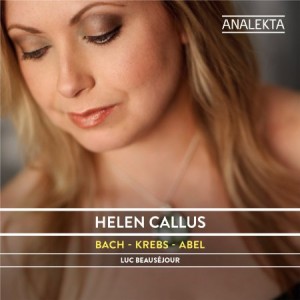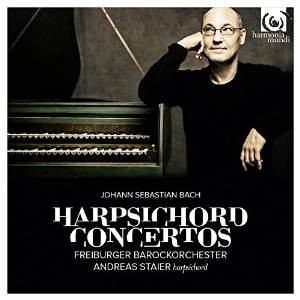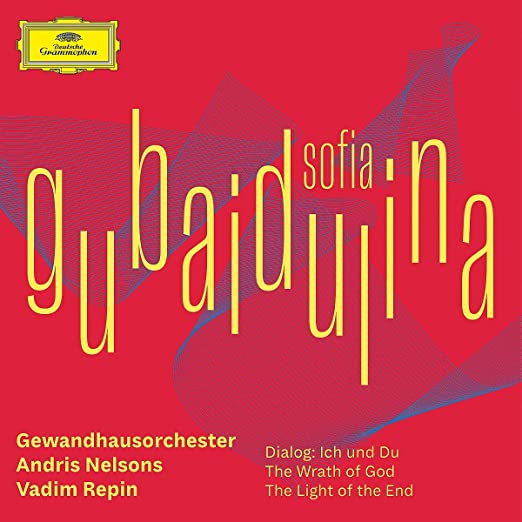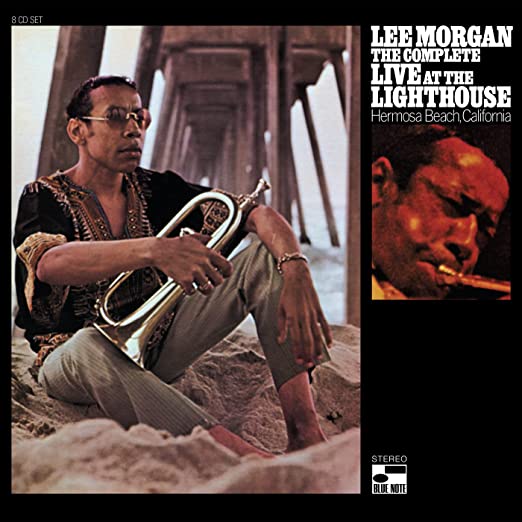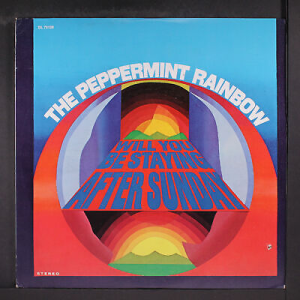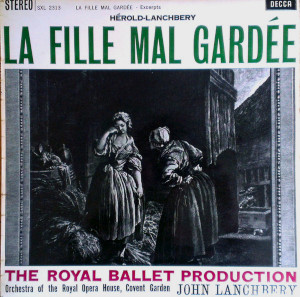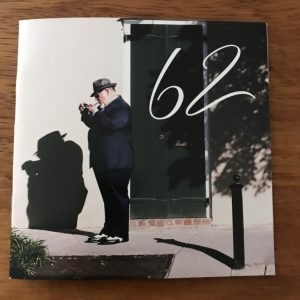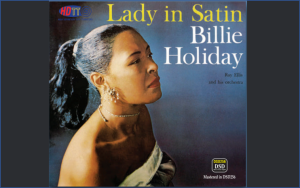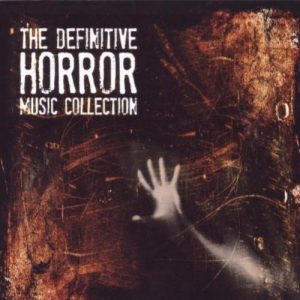Helen Callus [viola]. Luc Beauséour [harpsichord] Bach - Krebs - Abel. Analekta. AN2 9879.
There are reasons not to buy this album of Bach (and Krebs and Abel) cello sonatas. If you don't like your Bach played direct and frontal—and on a viola, which cuts the music less slack than a viola de gamba or cello would. And there are reasons to buy it. If you like Bach unhedged and played by a musician who truly gets him—gets him whole. And if you want to hear a 'lost' seven minutes of music by Johann Krebs amounting to an arrangement of a trio for two claviers and bass transcribed by Callus because...she loves it. Actually, these magic seven minutes are all the album needs to justify it.
Helen Callus, world class violist last mentioned here for her recordings of the Bach Cello Suites arranged for viola in 2011 (HERE), wants us to hear Bach's music for cello sung by an alto. She is accompanied compellingly here by highly respected and I'm told much loved Canadian keyboard performer Luc Beauséjour. It took me a suite or two to get her Bach suites. Not these sonatas. This music takes on a lyric quality in the slow movements that is all we could ever want from this music—more than we often get from the cello. The fast movements are faster and more interesting than we remember them, sweeping by like a polished dancer would.
Not least appealing, provided your music system can render texture well, is the sound of Calllus's instrument. Recording engineer Carl Talbut knows how to mic his musicians in the magic Eglise St-Augustin-de-Mirabel, Quebec to enable all to work perfectly, which it does.
I've not heard this music played better, ever.
Péteris Vasks. Sala. Musica Appassionata. Credo. Liepja Symphony Orchestra. Atvars Lakstigala. Wergo. WER 7323.
With the haunting mournful cry of an English horn, we're off and running with the newest release of music by contemporary Latvian neo-romantic composer Péteris Vasks. The English horn of Sala calls Sibelius to mind. Vasks is darker and bolder than his Finish 'grandfather'—his overall take is tragic where Sibelius's is elegiac; but we can feel a connection. Vasks is also less inventive than the Finn: there is a monochromatic quality to much of his music which those of us who like it find is key to his emotional power. With Vasks, we are always in essentially the same recognizable place: in a huge clearing (or church) where the light, color, and mood are sardonic. There are shimmers of light here and there, letting us see into the darkness but they are bronze rather than silver.
There is considerably more urgency, sweep, and rhapsody in the second work on the program, Musica Appassionata—the drive here can be relentless; but the low strings keep us in the same country. In Credo, a clarinet takes the lead, letting in more light such that the usual dark Vasks romanticism takes on a bit of Copland. The first section could be the American romantic himself, though it soon moves into darker colors than we find anywhere in Copland.
None of this music is new if you're a Vasks aficionado—Vasks really has nowhere new to go. But Sala and Credo are up to his standards and will only disappoint those in search of fresh ground and greater sophistication.
Johann Sebastian Bach. Harpsichord Concertos. Freiburger Barockorchester, Andreas Staier, harpsichord. Harmonia Mundi HMC 902181/82. (2 cds).
It would not be entirely unfair to say that the Germans are noted for being businesslike with their Bach. Not to linger, enlavish, leaven, enliven, levitate, lighten or otherwise grace with lyricism. Bach approached with this kind of reserve and respect is what we would expect from Andreas Staier, though the Freiburg has on occasion been known to give its horses a bit more freedom from the kind of rein that Staier holds them under as director from the keyboard here.
I generally bend over backwards as a reviewer of light credentials to hear performances from their own point of view. And I'm really working hard on this one. But a devil inside me keeps yelling, "Loosen up a bit, Andreas, let the music flow a little." I run to Pinnock and the English Concert, the standard for many Bach lovers for a generation, and the wind gets under the music's wings. The play isn't looser, the accenting is just a little less insistent, the hands on the keyboard a little lighter. There seems to be a little more imagination at work, not in spite of the music but in its service. Then on to Ton Koopman and his Amsterdam Baroque Orchestra whom one might expect to share some of the German aesthetic; but even the Dutchmen get the music farther off the ground. The ABO are formal but they make the music sing. Angela Hewett, fairly conservative Canadian Bach performer on piano, playing with the Australian Chamber Orchestra, lets it dance. Christophe Rousset with Hogwood and Academy of Ancient Musik concoct a blend of French elegance and British decorum. But all Staier and his troops seem to be able to is march: to play Bach without style, in effect aiming to let this music play itself.
I'm not exactly doing Staier and his people any favors here, so I'll desist. My goal is to try to explain what the Germans are doing here with Bach not what they're not. But listening to the others has least clarified (for me) what this performance is about, so I'll let my comparative notes stand. I hope those want their Bach played firmly and on the ground, without being messed about with will be able to read this review upside down and find their man. He is, to be fair, much admired and has been for a long time.
Equipment used for this audition: Resolution Audio Cantata CD player, Crimson 710 preamplifier and 640E amplifier with Tocaro 42 loudspeakers; Blue Circle BC107 preamplifier and NSP amplifier with Jean Marie Reynaud Offrande Supreme, V2 loudspeakers; Crimson interconnects and speaker cable; Volex power cables.
Bob Neill, a former equipment reviewer for Enjoy the Music and Positive Feedback, is proprietor of Amherst Audio in Western Massachusetts which sells equipment from Audio Note (UK), Blue Circle (Canada), Crimson (UK), Jean Marie Reynaud (France), Resolution Audio (US), and Tocaro (Germany).




